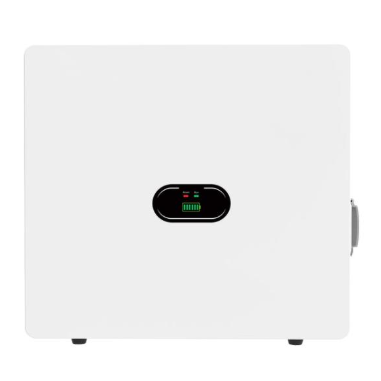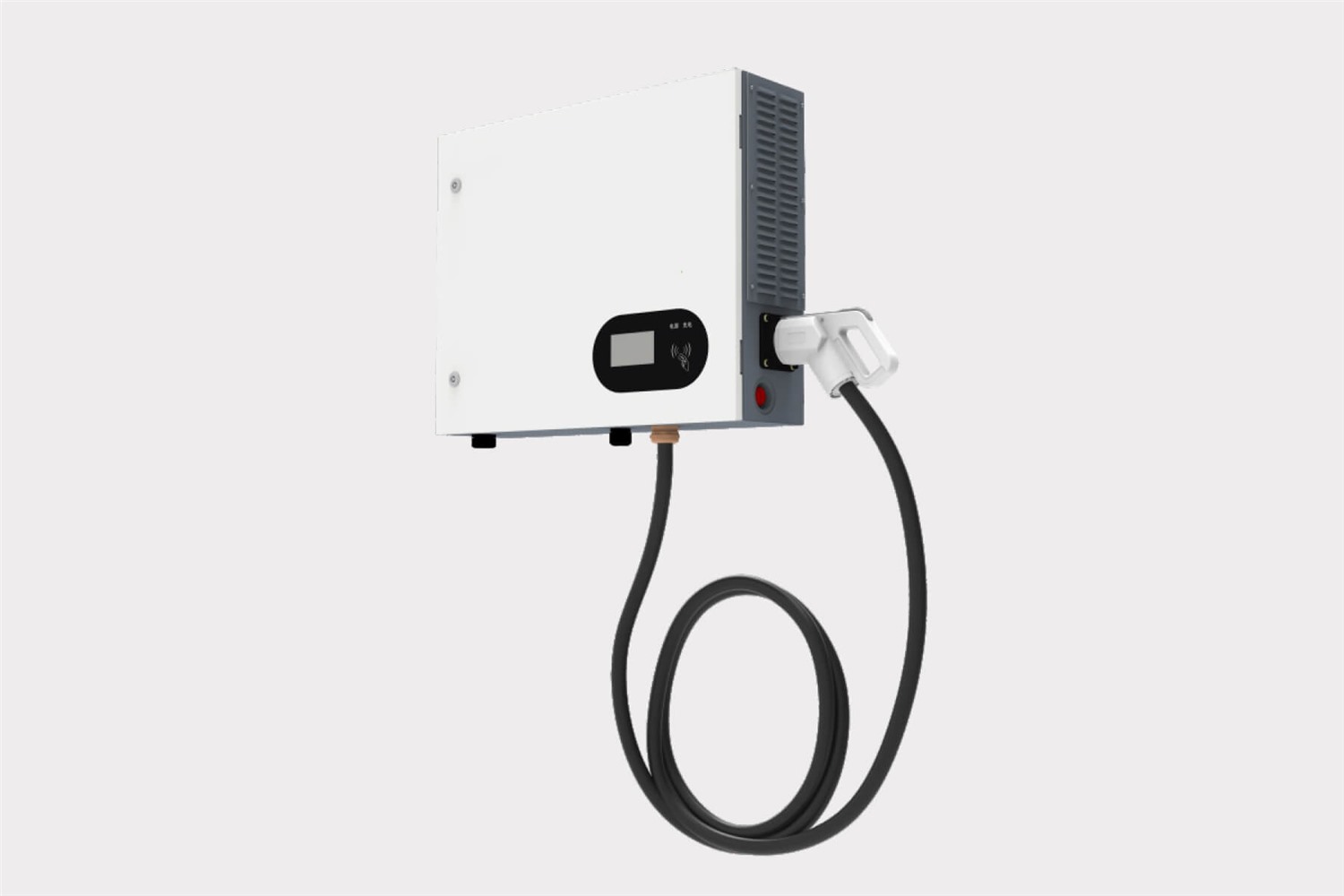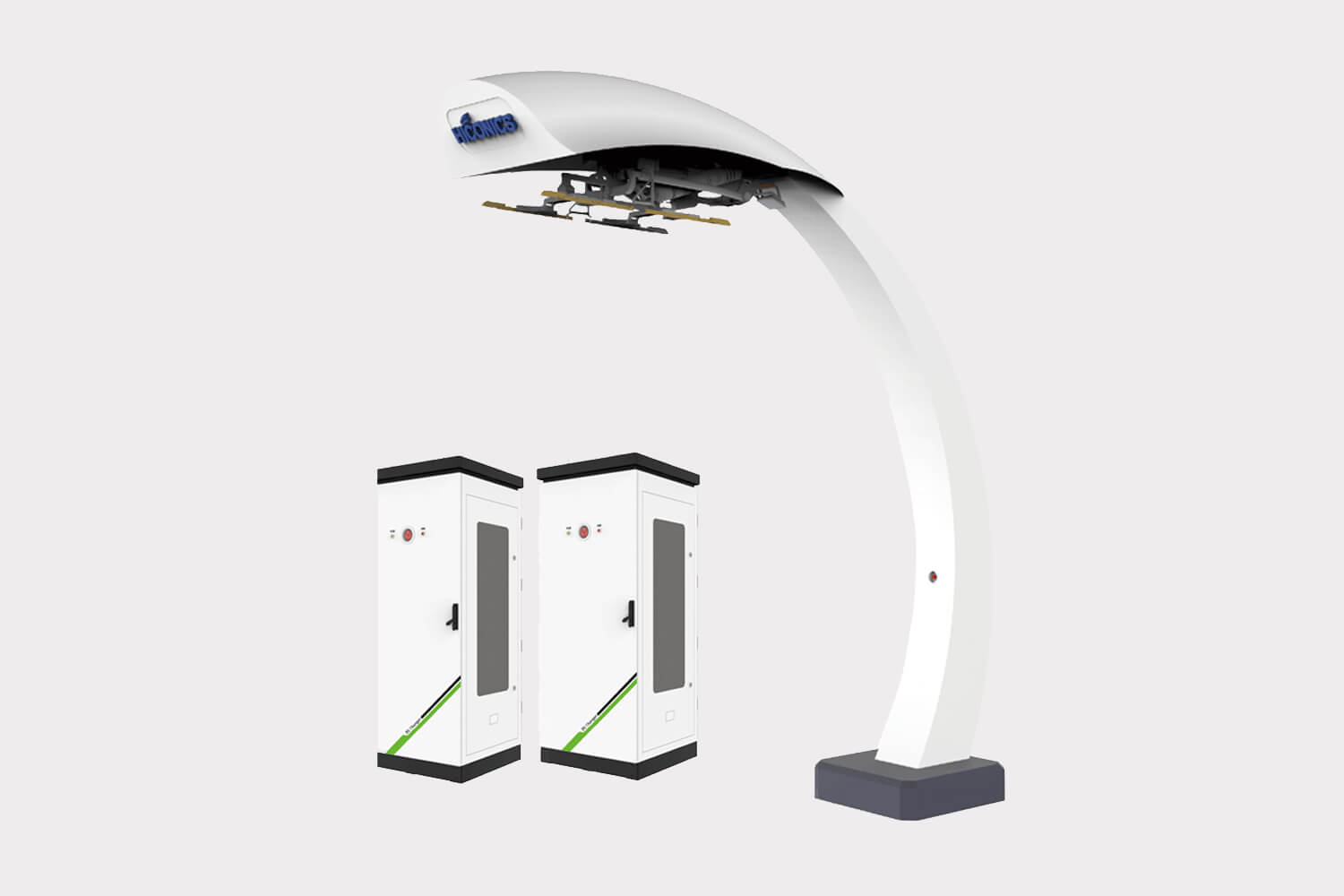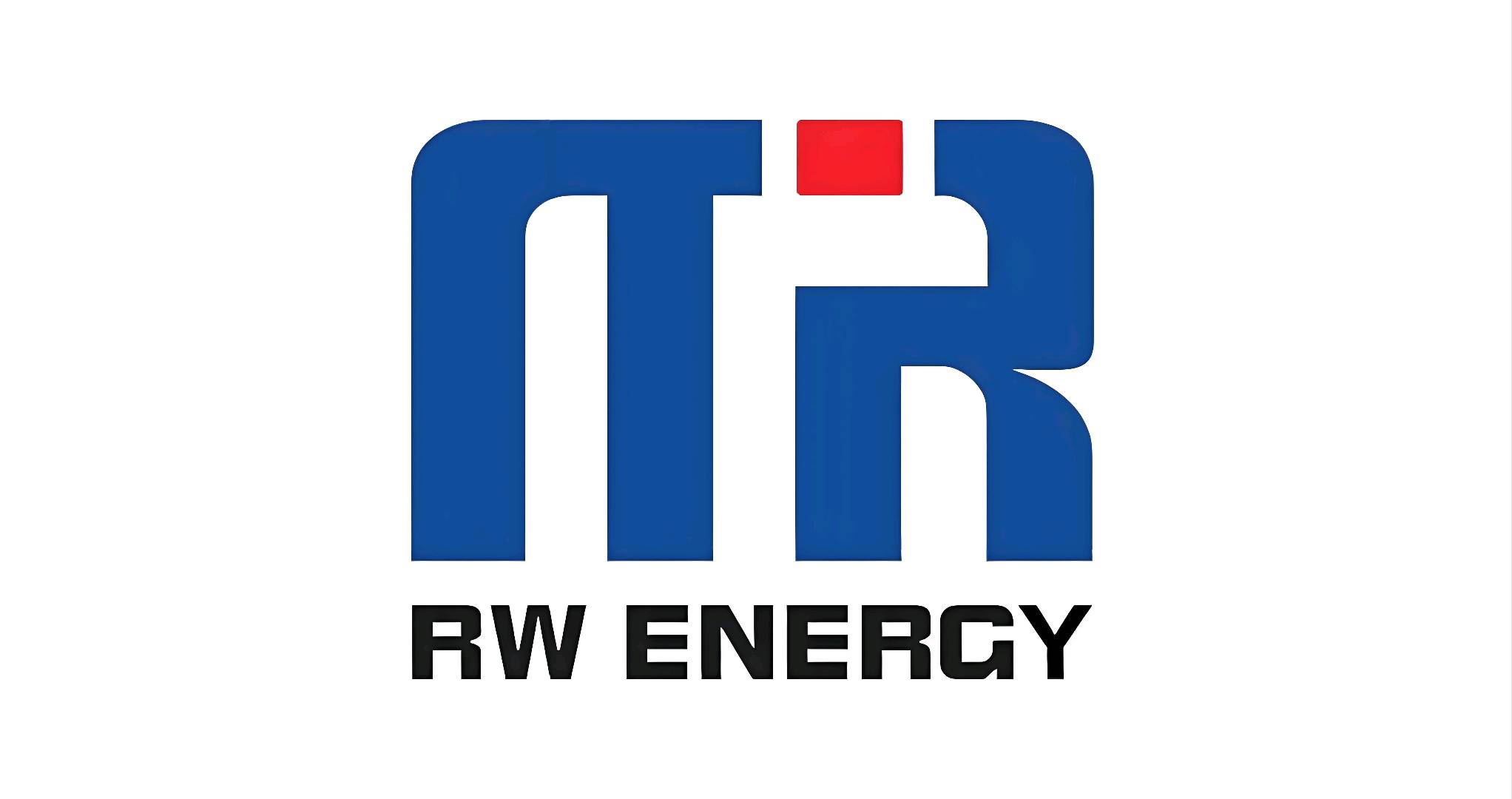Charging Station O&M Solution: Building an Intelligent & Proactive Operations Ecosystem
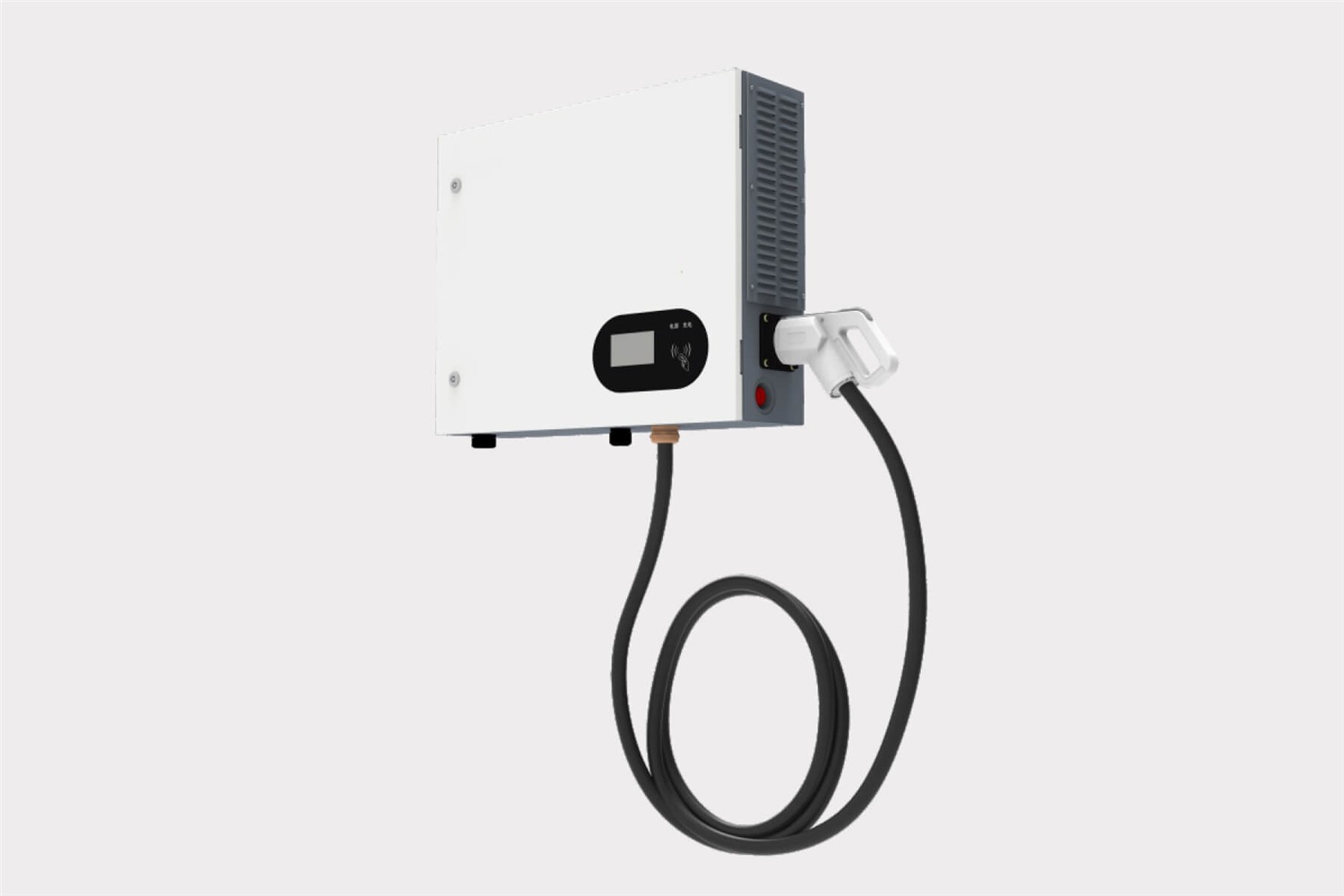
Ⅰ. Overall Operation and Maintenance (O&M) Architecture Design
Charging station O&M needs to integrate a dual-engine model of "Predictive Maintenance + Intelligent Response," establishing a three-tier management system:
IoT Sensing Layer: Deploy current/voltage/temperature/humidity sensors to collect real-time equipment status (e.g., charging pile power module, cable wear).
Cloud Platform Layer: Integrate a central management system for data monitoring, fault diagnosis, and energy dispatch, supporting remote upgrades and strategy deployment.
Field Execution Layer:Achieving "Platform Alert - Personnel Response - Repair Closure."
Table: O&M System Modules and Functions
Module |
Core Function |
Technical Support |
Remote Monitoring |
Real-time equipment status monitoring, charging volume statistics |
IoT + 4G/5G Transmission |
Predictive Maintenance |
Fault prediction (e.g., overload, abnormal heat dissipation) |
Machine learning algorithm analysis of historical data |
Resource Dispatch |
Dynamic charging power allocation, off-peak charging |
Intelligent load balancing algorithm |
II. Core O&M Functional Modules
Full Lifecycle Equipment Management
Standardized Daily Inspection:
Hardware: Daily checks on plug lifespan (>100,000 cycles), cable wear; Monthly testing of grounding resistance value (≤4Ω).
Software: Verification of communication protocols (CAN bus/RS485), payment system compatibility.
Preventive Maintenance Strategy:
High-load piles (e.g., 120kW DC piles): Quarterly cleaning of cooling fans, replacement of thermal paste.
Low-load piles (e.g., 7kW AC piles): Biannual calibration of energy metering accuracy.
Rapid Fault Response Mechanism
Tiered Alarm System:
Tier 1 Fault (e.g., short circuit fire): Automatic power cut-off, simultaneous notification to fire system and O&M personnel.
Tier 2 Fault (e.g., communication failure): Backup network channel activation, remote device reboot.
Modular Replacement Design: Power units, billing control units support hot-swapping, reducing repair time to within 30 minutes.
Energy Efficiency Optimization and Cost Control
Dynamic Energy Management:
Off-peak Charging: Utilize low electricity price periods (23:00-7:00) to pre-store energy in the station's energy storage system.
PV Integration: Roof-top solar panels supplement power supply, reducing grid dependence (Reference case: Integrated PV-storage-charging station reduces electricity costs by 40%).
Resource Utilization Enhancement:
Based on user behavior analysis (e.g., peak demand at noon): Guide users to idle piles.
Time-of-Use Pricing: 20% premium during peak hours to balance load.
III. Intelligent Technology Support System
Data-Driven Decision Making
Establish equipment health assessment models to predict component lifespan (e.g., capacitor degradation cycle ~3 years) using historical fault data.
User profiling analysis: Identify high-frequency users (e.g., ride-hailing drivers), providing dedicated reservation channels.
Dual-Layer Safety Protection
Physical Safety: Ingress protection rating (IP54 for outdoor piles), lightning protection devices (10kA discharge capacity).
Cybersecurity: Encrypted data transmission (AES-256), blockchain technology to prevent tampering with charging records.
Table: O&M KPI System
Indicator |
Target Value |
Measurement Tool |
Equipment Availability |
≥99% |
Platform status logs |
Fault Response Time |
<15 minutes |
Work order system timestamps |
Daily Utilization per Pile |
>30% |
Charging volume/time data analysis |
IV. Sustainable O&M Ecosystem Construction
Personnel Training System:
Certified O&M Engineer courses (including high-voltage operation, BMS protocol analysis, etc.).
Business Model Innovation:
Advertising space leasing (charging screen display ads), parking space sharing (open for parking during idle times).
Government subsidy linkage: Apply for carbon credit subsidies and new infrastructure special funds.
V. Implementation Roadmap
Pilot Phase (Months 1-3): Deploy intelligent monitoring systems at 10 stations, establish baseline data.
Promotion Phase (Months 4-6): Expand predictive maintenance modules, integrate with regional grid dispatch.
Optimization Phase (Months 7-12): Implement integrated PV-storage-charging solutions, achieving a 25% improvement in comprehensive energy efficiency.

